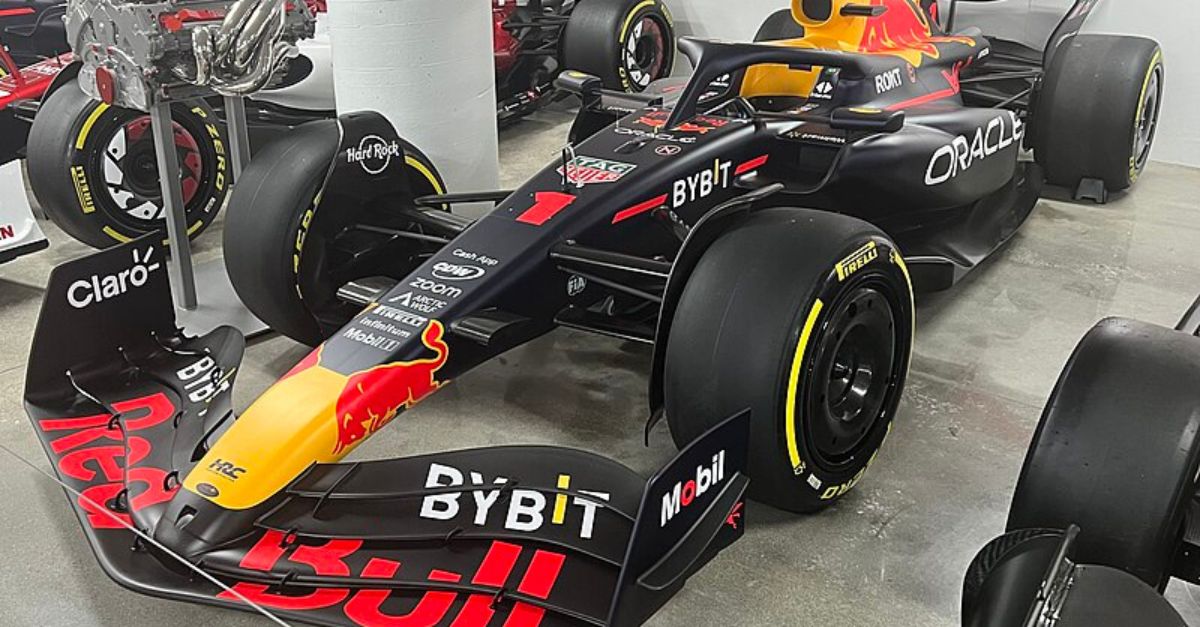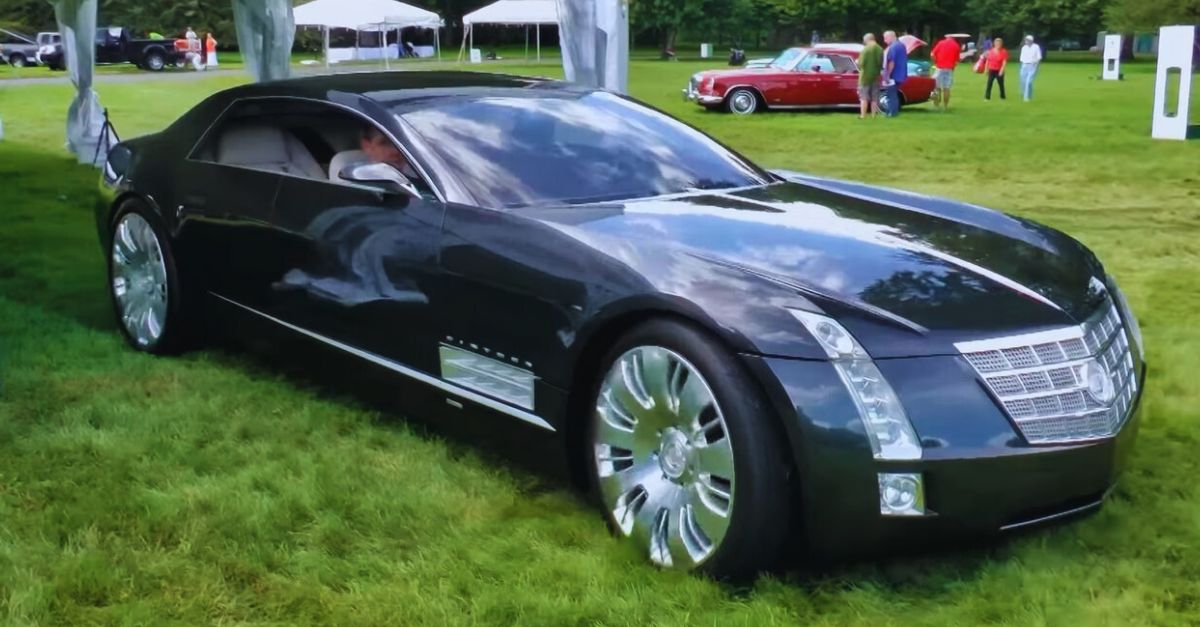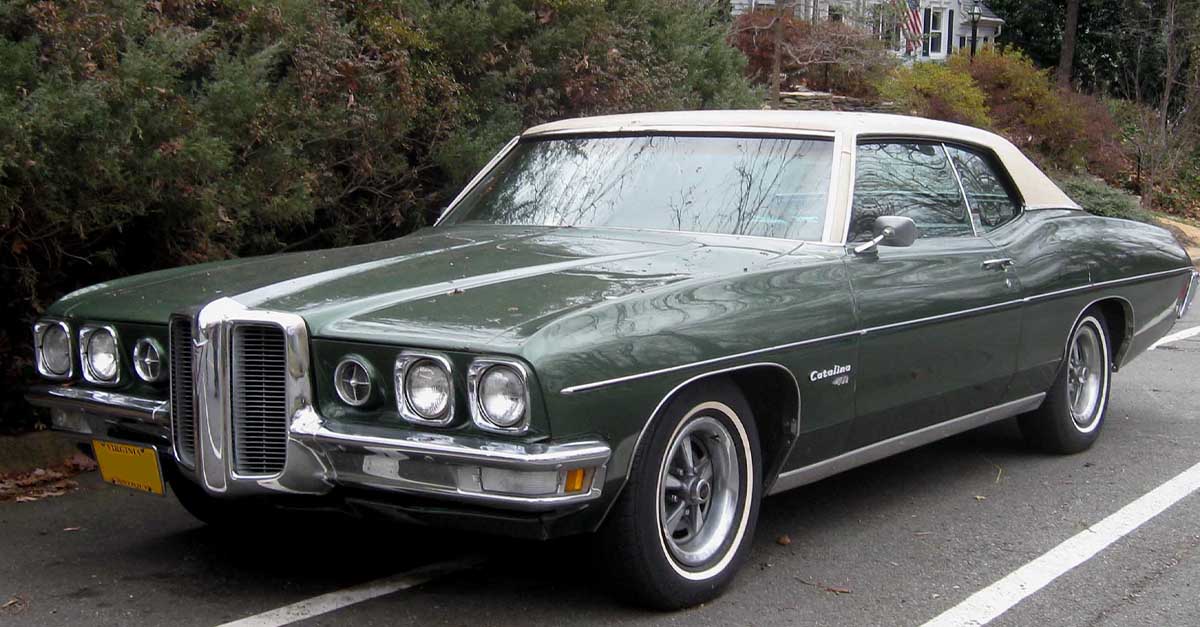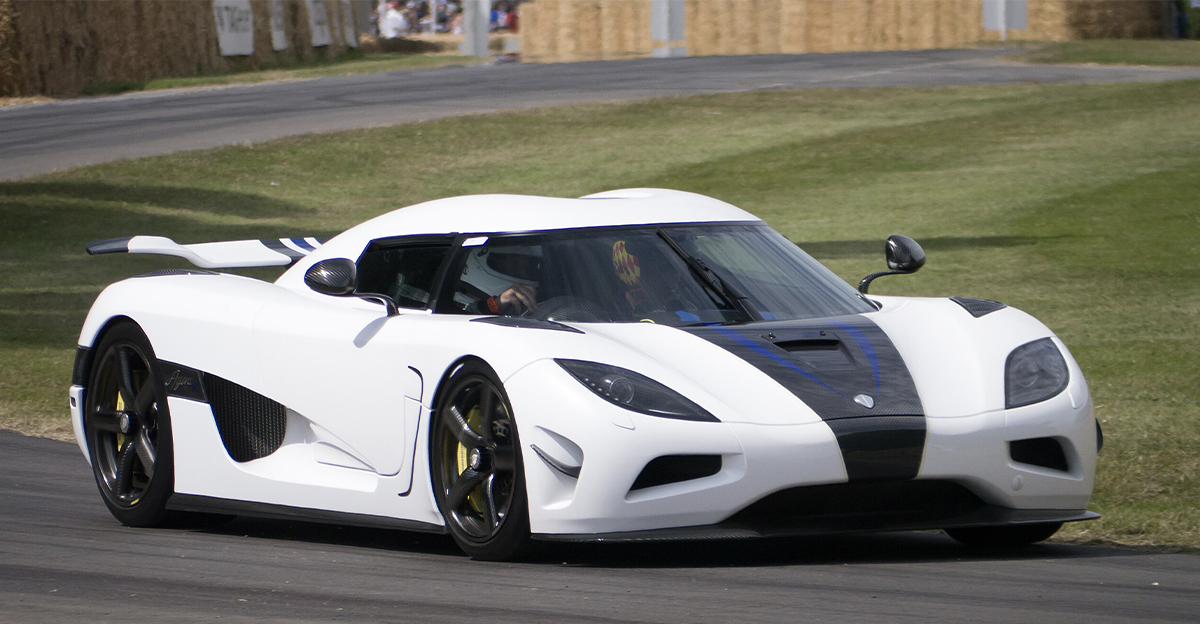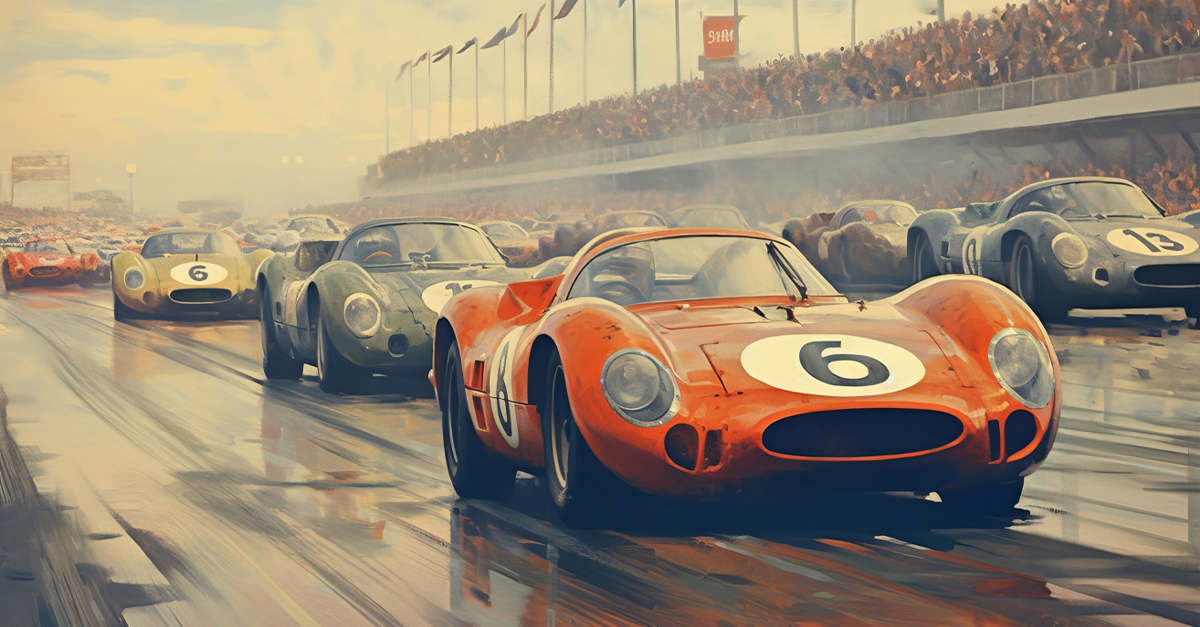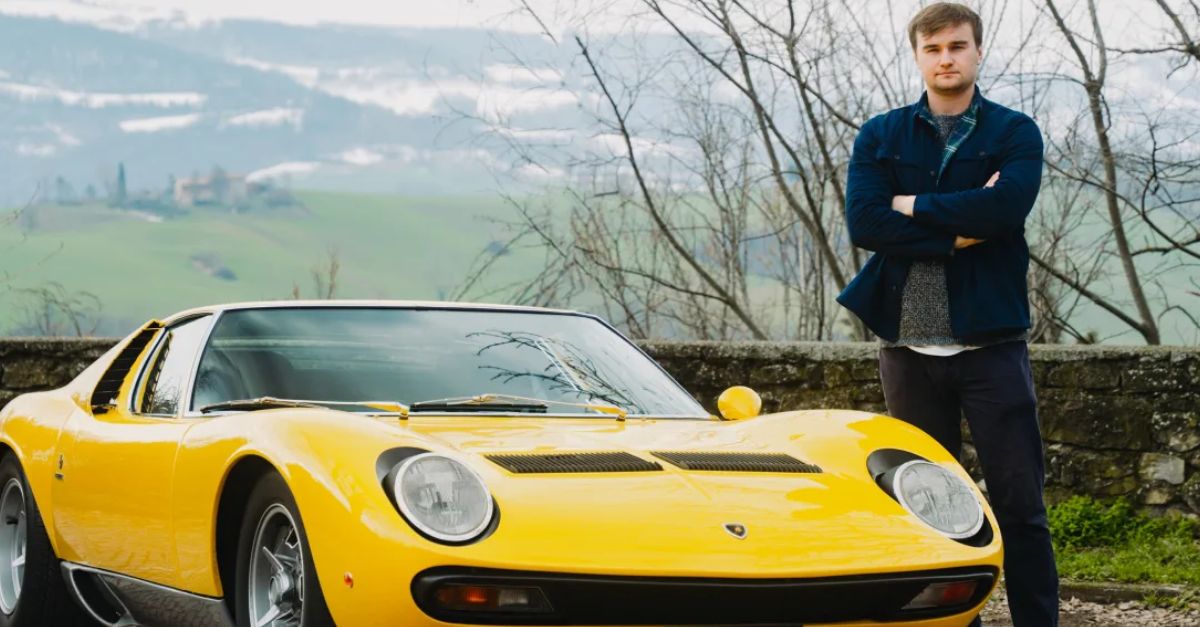Speed Sketcher
In the competitive world of Formula One, a man's vision has consistently translated into championship-winning cars. Here is a look at the outstanding career of Adrain Newey, one of the sport’s most successful designers.
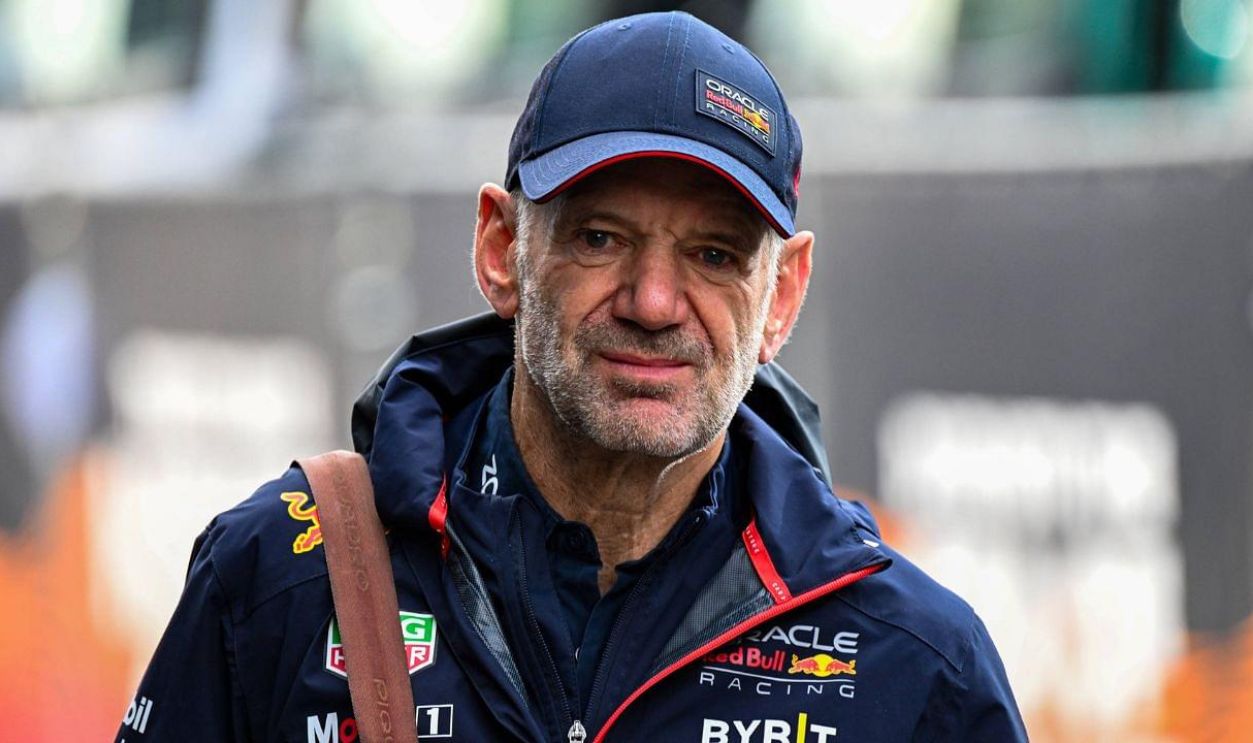
Early Life
Adrian Newey was born in Colchester, Essex, England, on December 26, 1958. He grew up with his dad, Richard, a vet, and his mom, Edwina, who drove an ambulance during World War II. Apparently, he went to Repton School with Jeremy Clarkson.
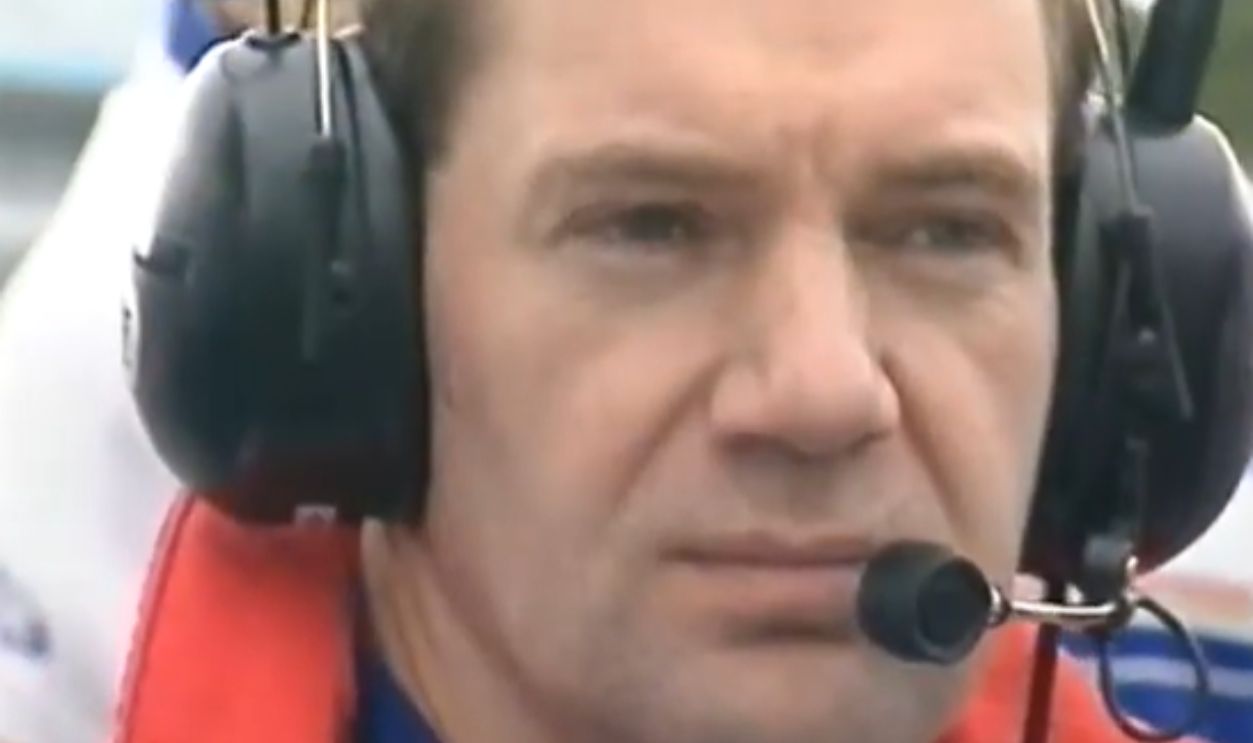 Adrian Newey The greatest race car designer of all time by RICHARD TAIWO (TICE123)
Adrian Newey The greatest race car designer of all time by RICHARD TAIWO (TICE123)
University Success
In 1980, Newey received first-class honors from the University of Southampton for his Aeronautical Engineering degree. After finishing school, he entered motorsport and joined the Fittipaldi Formula One team. Here, he worked alongside the seasoned engineer Harvey Postlethwaite.
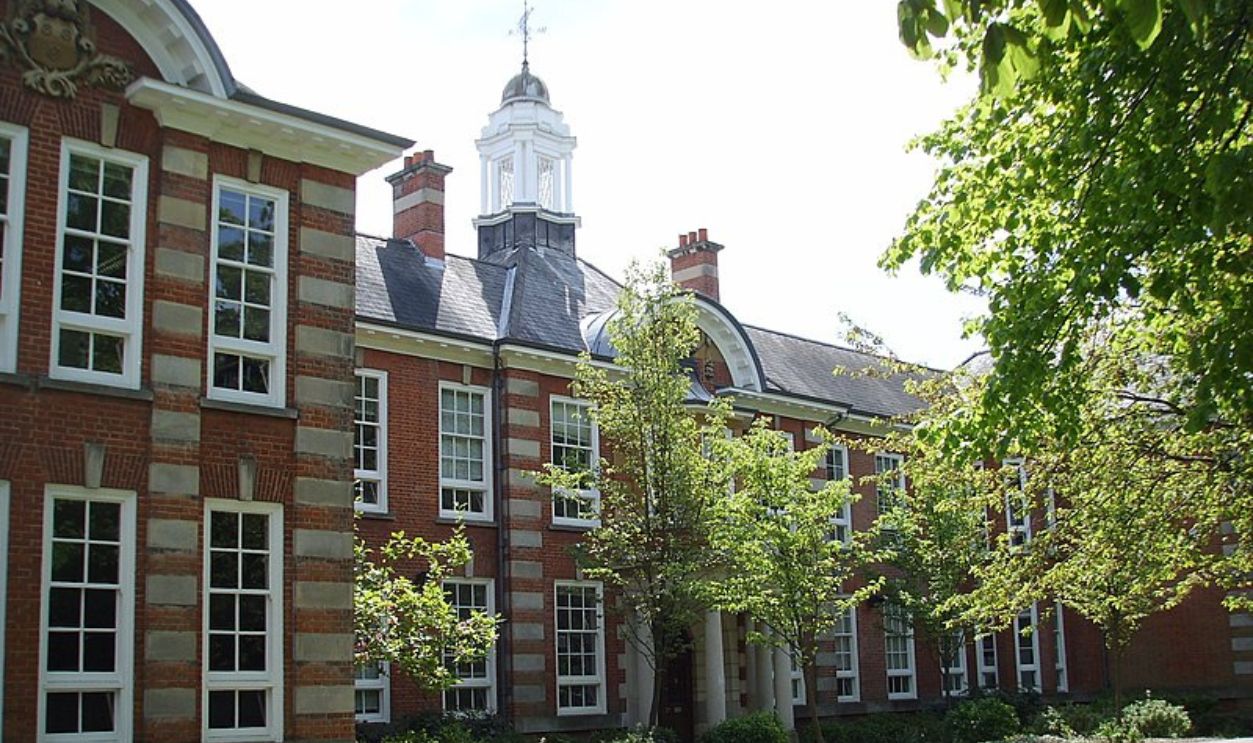 FlickScully, CC BY 3.0, Wikimedia Commons
FlickScully, CC BY 3.0, Wikimedia Commons
March Engineering
Newey subsequently joined March Engineering in 1981, where he immediately made a big splash. His design for the March GTP sports car helped snag the IMSA GTP titles two years in a row: 1983 and 1984. It was a solid first motorsport project from his end.
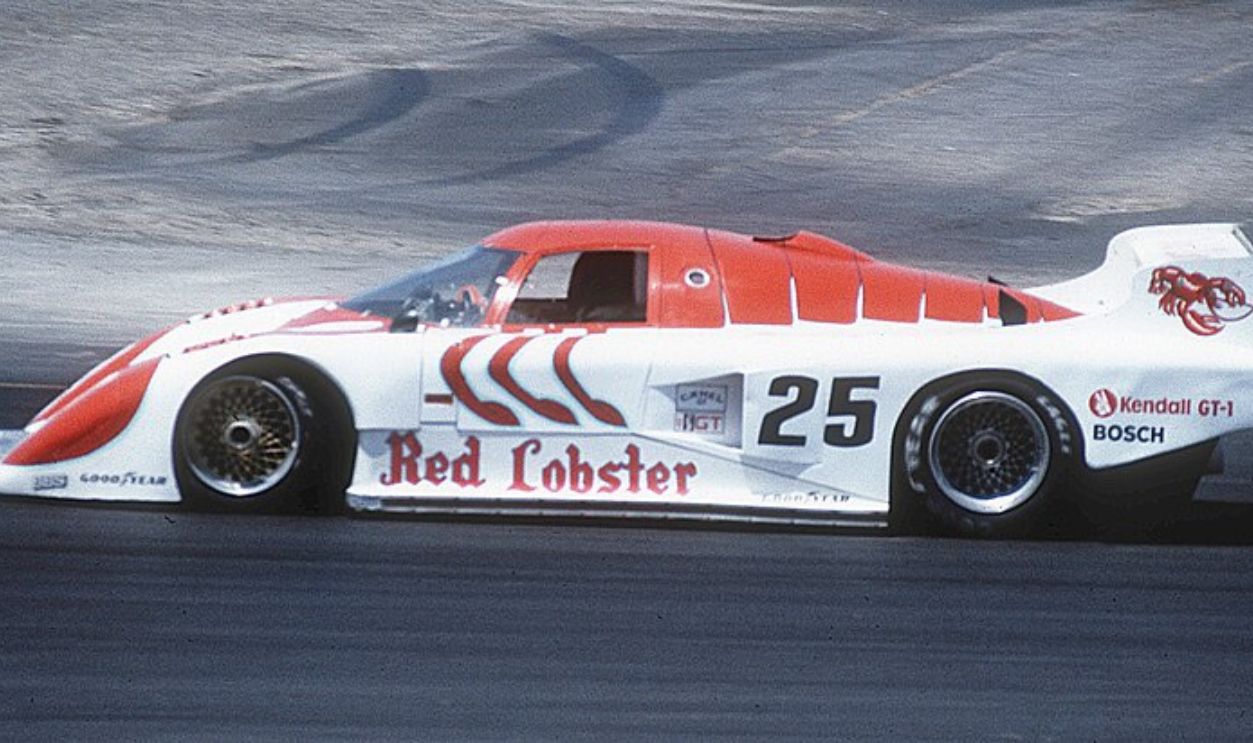 Dan Wildhirt, CC BY-SA 3.0, Wikimedia Commons
Dan Wildhirt, CC BY-SA 3.0, Wikimedia Commons
CART Career Launch
Around 1984, he jumped to the March IndyCar division. He worked with Bobby Rahal at TrueSport while his design, the March 85C, crushed it in American racing. This helped Al Unser win the CART championship and Danny Sullivan win the Indianapolis 500.
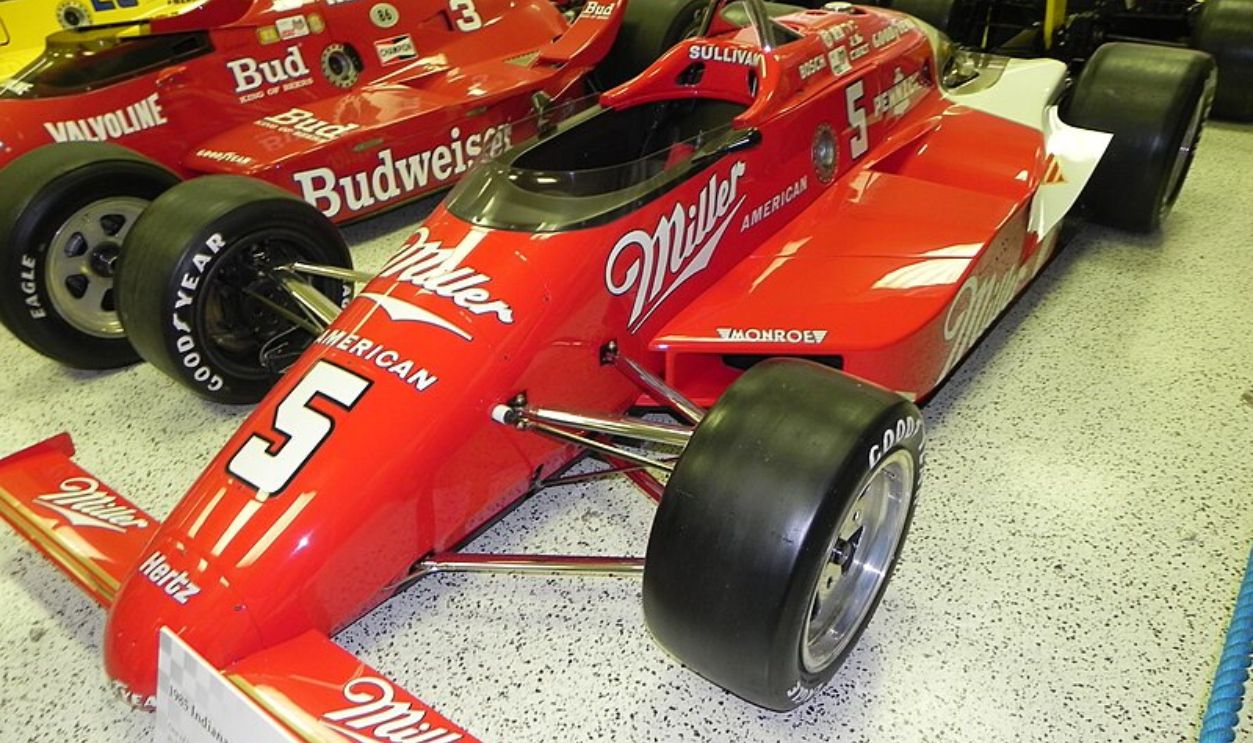 Doctorindy, CC BY-SA 3.0, Wikimedia Commons
Doctorindy, CC BY-SA 3.0, Wikimedia Commons
Double Indianapolis Triumph
The engineer’s March 86C design continued his winning streak in 1986. While working with Michael Andretti at Kraco, his car won both the CART championship and the Indianapolis 500 with Bobby Rahal. It cemented his reputation in American motorsport.
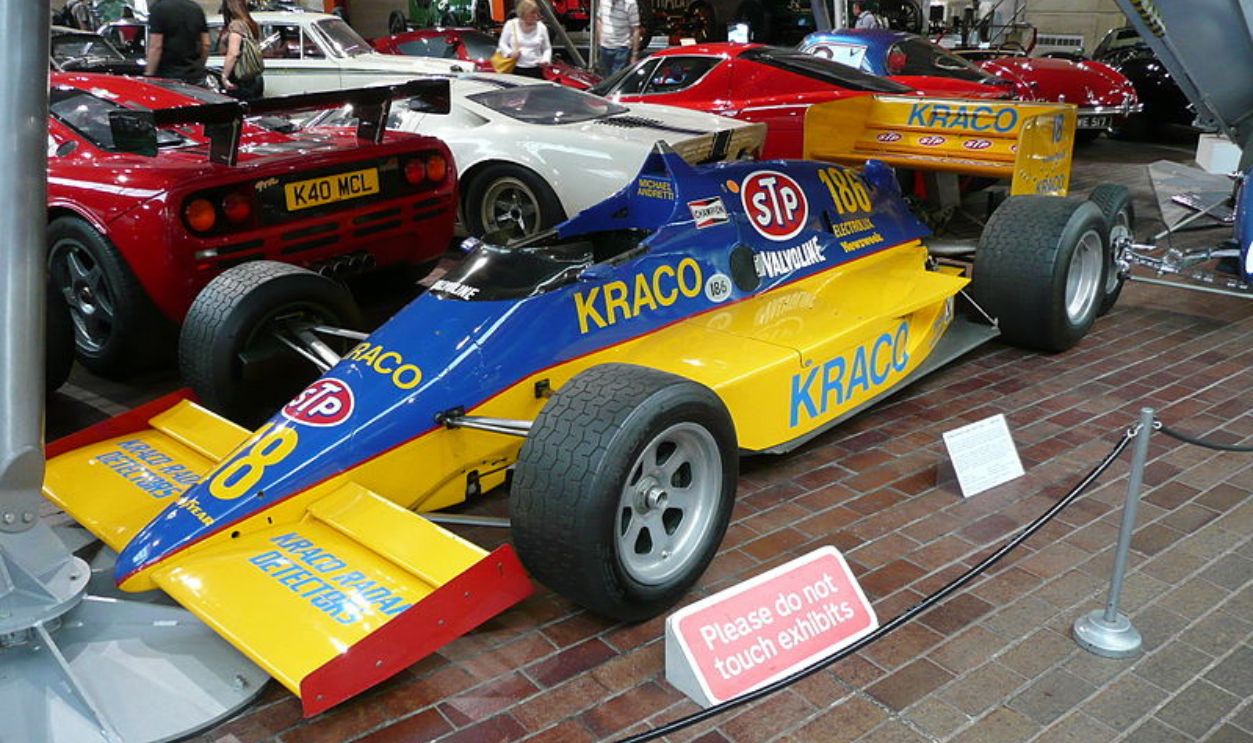 Przemysław Jahr, Wikimedia Commons
Przemysław Jahr, Wikimedia Commons
Formula One Introduction
In 1986, Newey had a short run with Haas Lola F1, but that ended when the team pulled out. It was in 1987 that his serious career with F1 began. He worked with Mario Andretti at Newman-Haas before March brought him back on as the chief designer for Formula One.
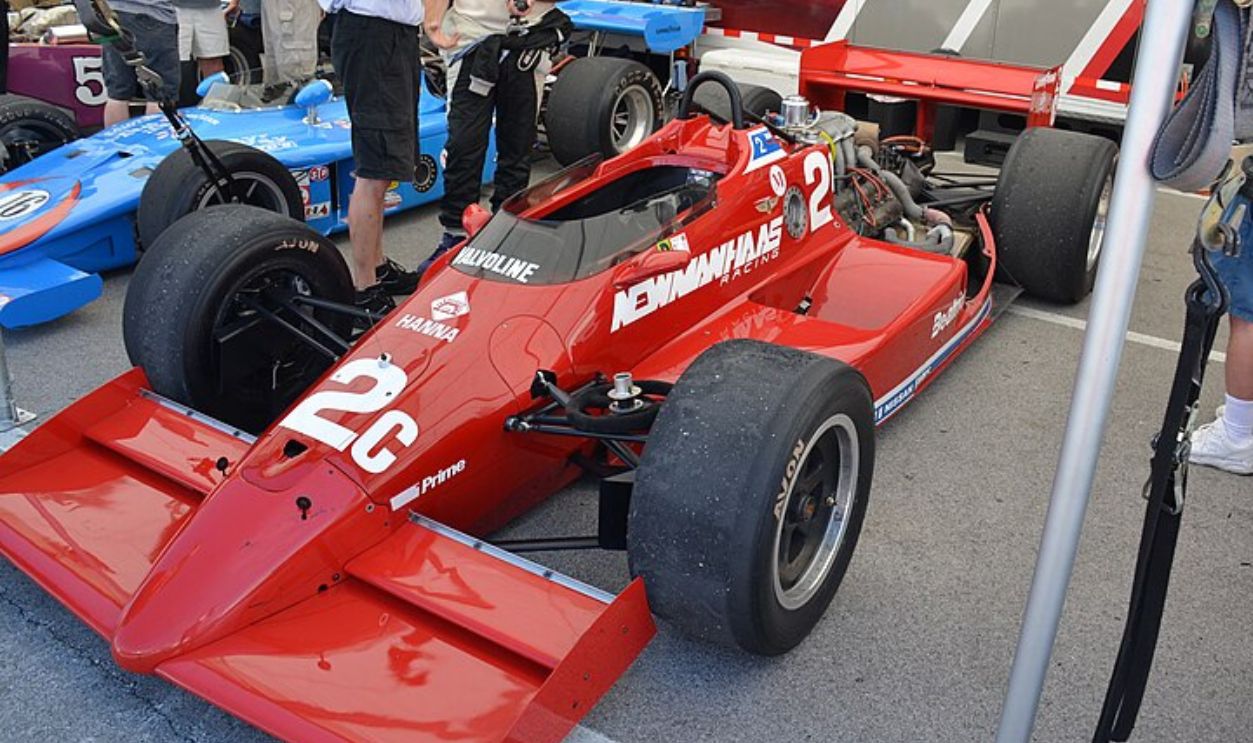 Doctorindy, CC BY-SA 4.0, Wikimedia Commons
Doctorindy, CC BY-SA 4.0, Wikimedia Commons
March F1 Achievement
The March 881 design from 1988 turned out to be a real contender. Ivan Capelli grabbed second place in Portugal and even managed to lead Alain Prost's super-strong McLaren-Honda in Japan. One could see Newey's rising talents in Formula One design.
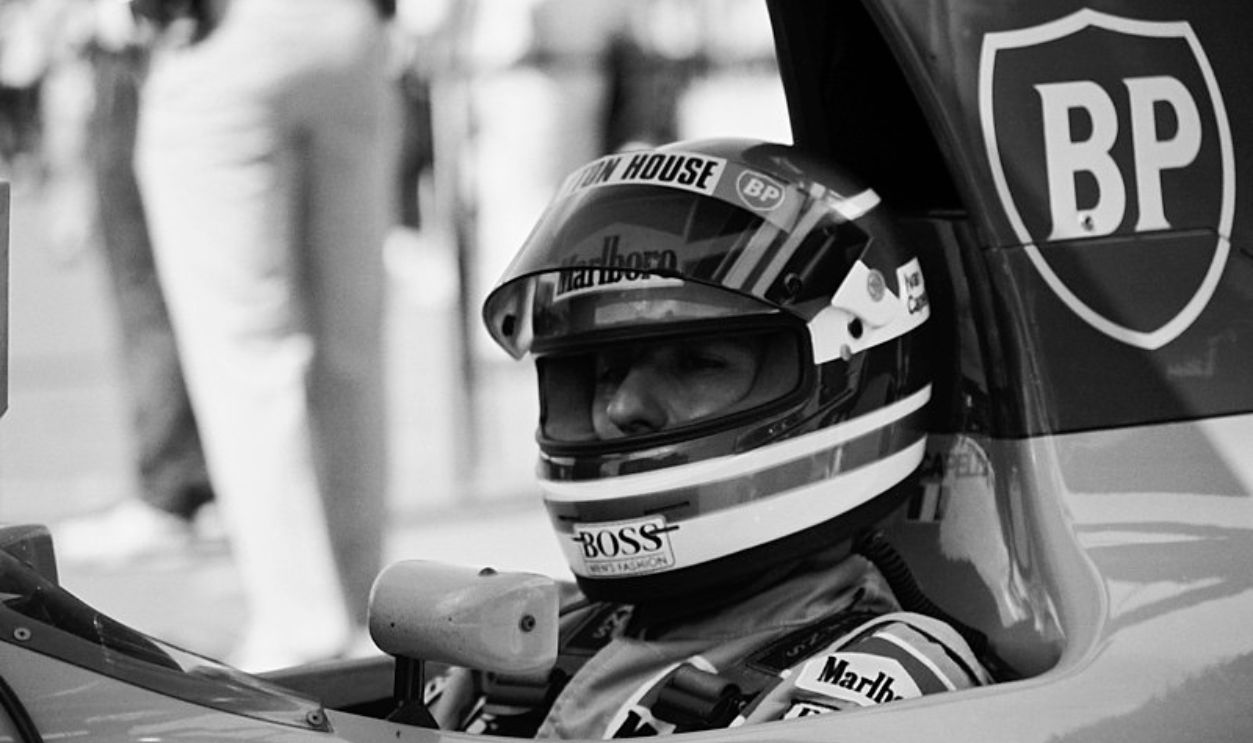 StuSteeger, CC BY 2.0, Wikimedia Commons
StuSteeger, CC BY 2.0, Wikimedia Commons
Leyton House Leadership
In 1990, March became Leyton House Racing. That’s when they bumped Newey up to technical director. Even though there were financial issues, his design was so good that Ivan Capelli managed to lead a big chunk of the French Grand Prix. He eventually finished second.
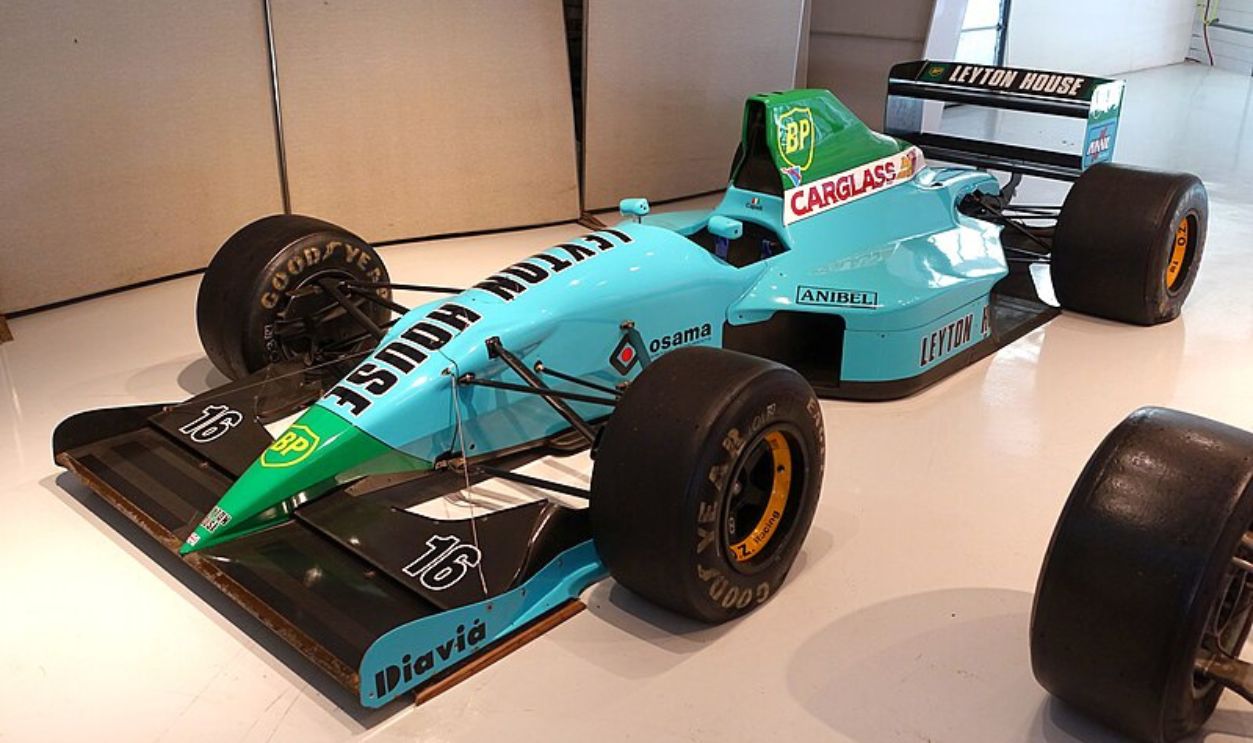 Daderot, CC0, Wikimedia Commons
Daderot, CC0, Wikimedia Commons
Williams Breakthrough
Patrick Head brought Newey on board at Williams in 1991. With better resources and top-notch drivers, his FW14 design quickly gave McLaren a run for its money. However, some early reliability problems prevented Nigel Mansell from winning the championship that year.
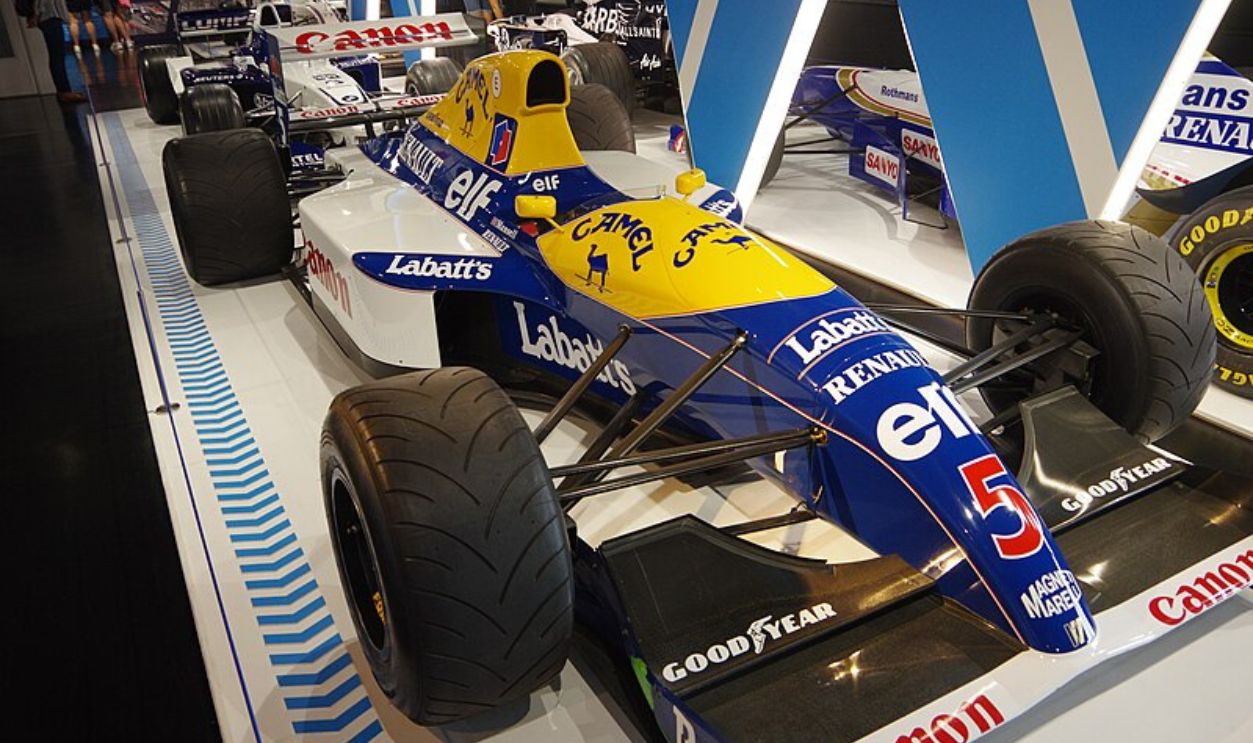 David Merrett, CC BY 2.0, Wikimedia Commons
David Merrett, CC BY 2.0, Wikimedia Commons
First F1 Championship
Newey's FW14B performed well in the 1992 Formula One season. It racked up ten wins and 15 pole positions. Basically, the active suspension and slick aerodynamics were key in helping Nigel Mansell and the Williams team achieve both the drivers' and constructors' championships.
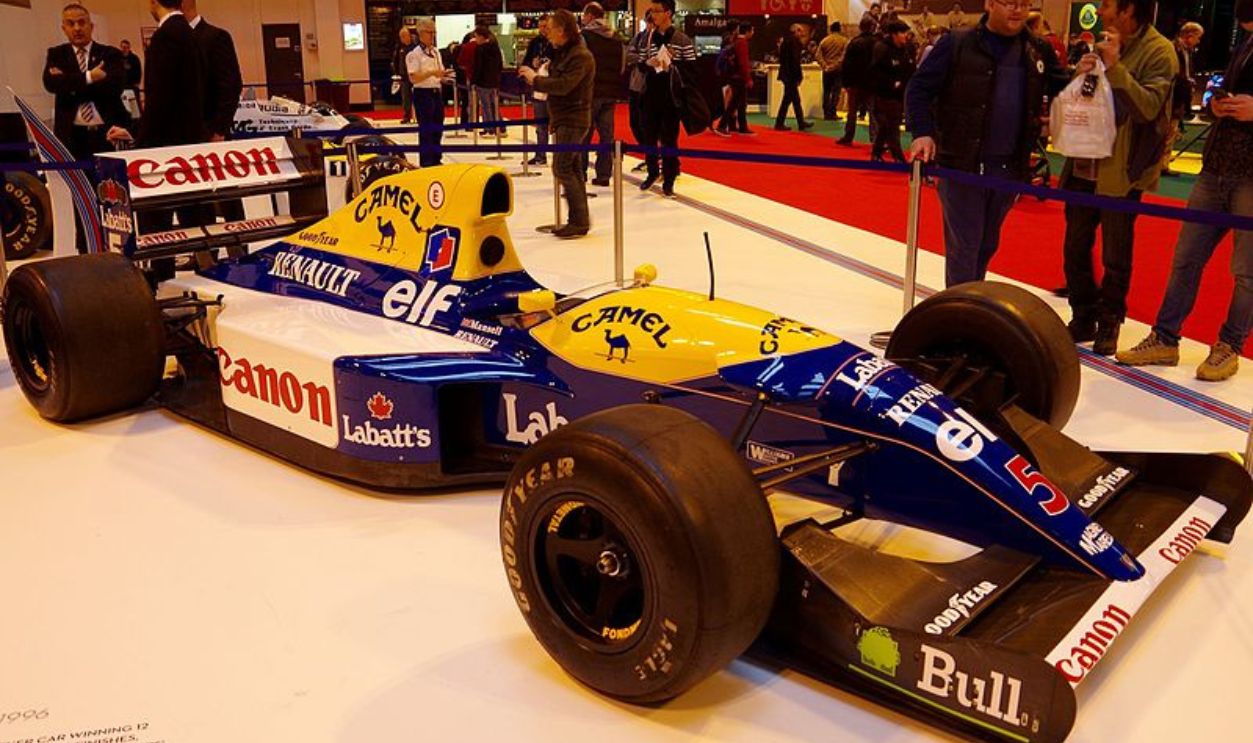 David Merrett, CC BY 2.0, Wikimedia Commons
David Merrett, CC BY 2.0, Wikimedia Commons
Williams Dominance Era
Newey’s FW15C in 1993 was on another level. It led Alain Prost to win the championship title. This car came loaded with smart tech—active suspension, ABS, and telemetry. It ended up winning 7 out of 16 races.
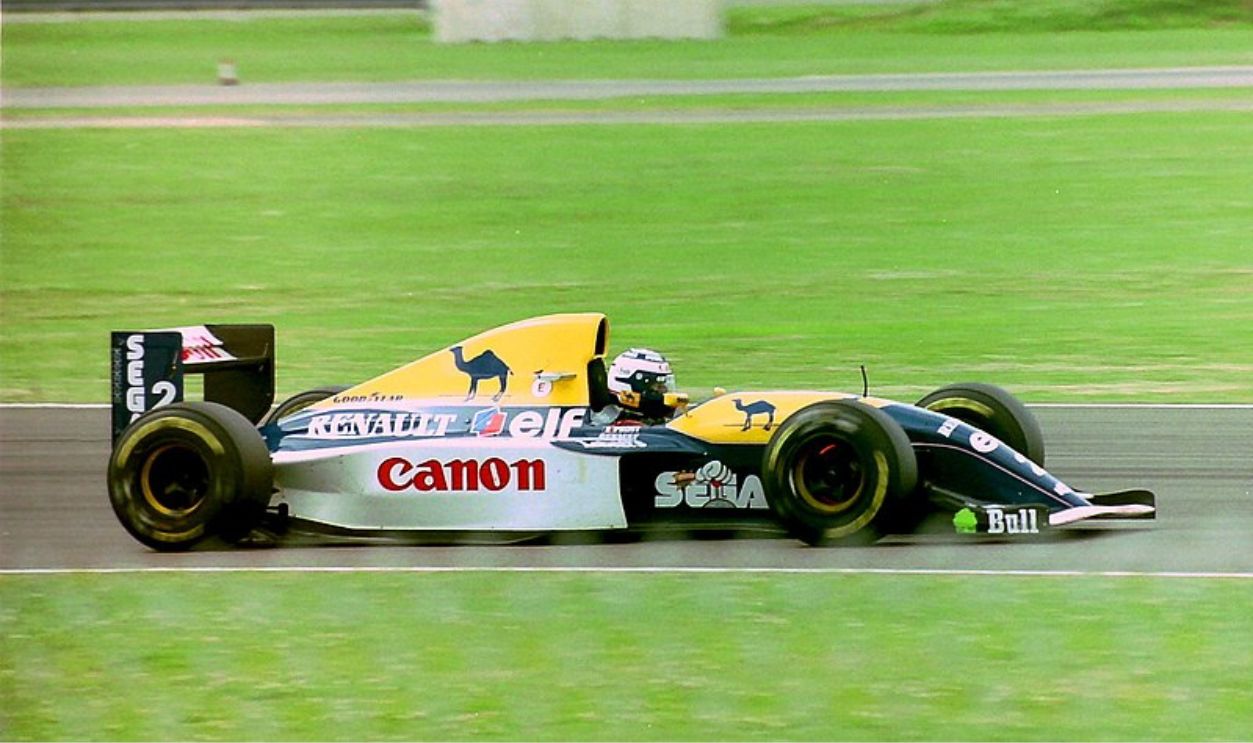 Martin Lee, CC BY-SA 2.0, Wikimedia Commons
Martin Lee, CC BY-SA 2.0, Wikimedia Commons
Senna's Tragic Year
Unfortunately, the 1994 season brought unprecedented challenges. Ayrton Senna joined Williams (FW16) but tragically lost his life at Imola, due to which Newey was faced with manslaughter, which was later acquitted. Despite this, Williams managed to secure the constructors' championship that year.
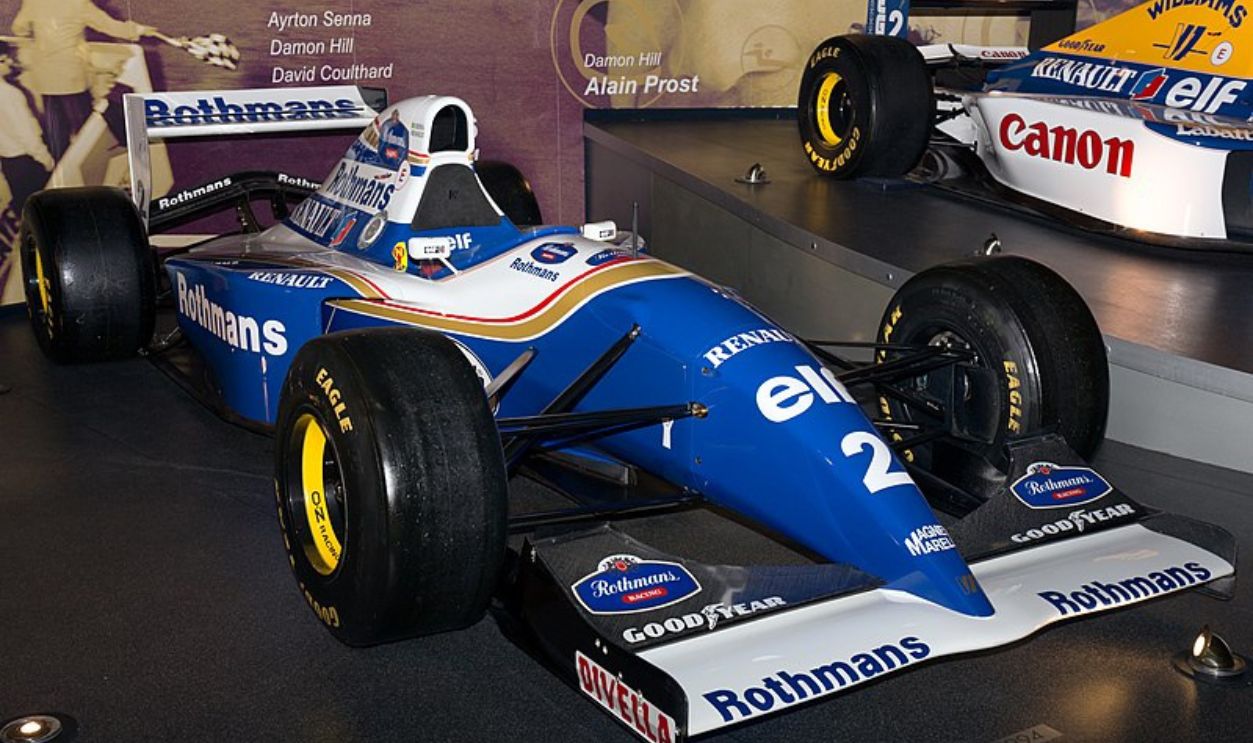 Morio, CC BY-SA 4.0, Wikimedia Commons
Morio, CC BY-SA 4.0, Wikimedia Commons
Questionable Success
As 1995 rolled around, Newey’s designs were still in the game, but they ended up losing both championships to Benetton, driven by Michael Schumacher. Things then got a bit rocky between him and Williams when the team didn't let him move up to the technical director role.
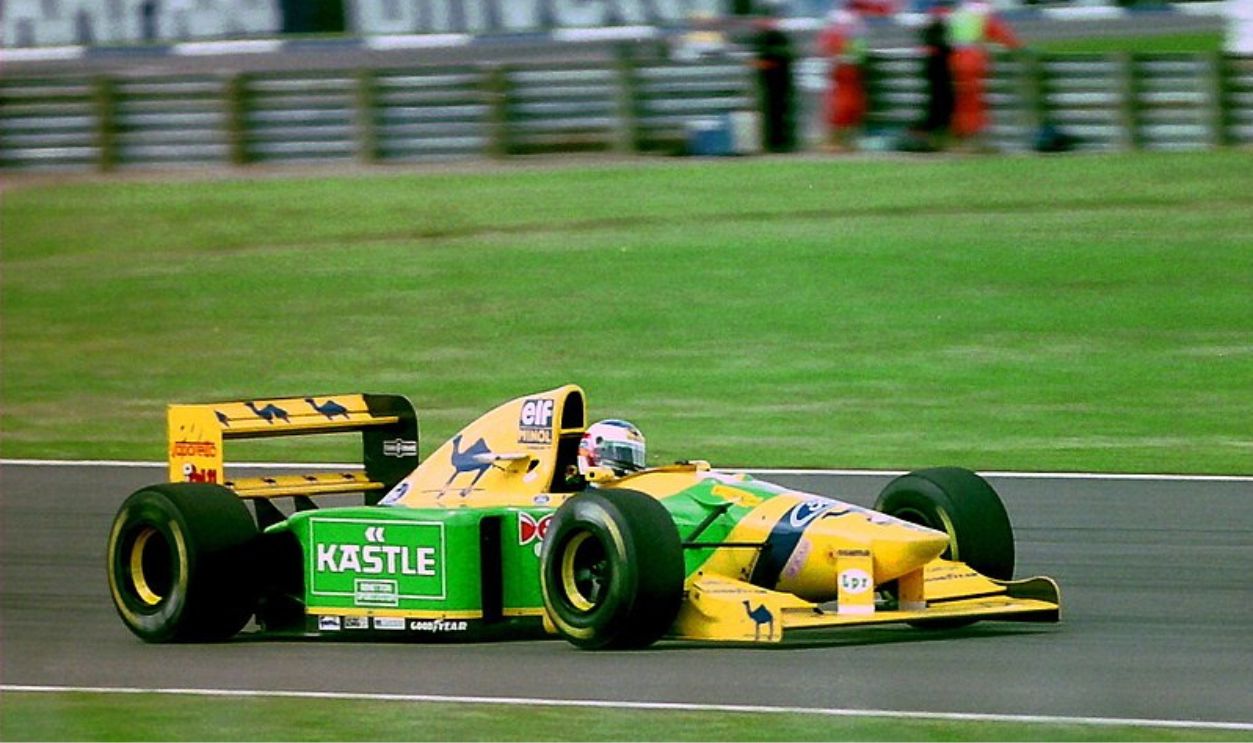 Martin Lee, CC BY-SA 2.0, Wikimedia Commons
Martin Lee, CC BY-SA 2.0, Wikimedia Commons
Newey's Final Chapter at Williams
Adrian Newey’s last Williams car, the 1996 FW18, delivered a stunning season. It claimed 12 wins—8 for Damon Hill and 4 for Jacques Villeneuve—plus 8 poles and 9 fastest laps, securing both championships. While his seven years brought 59 victories, the FW18 cemented his legendary status in Formula One.
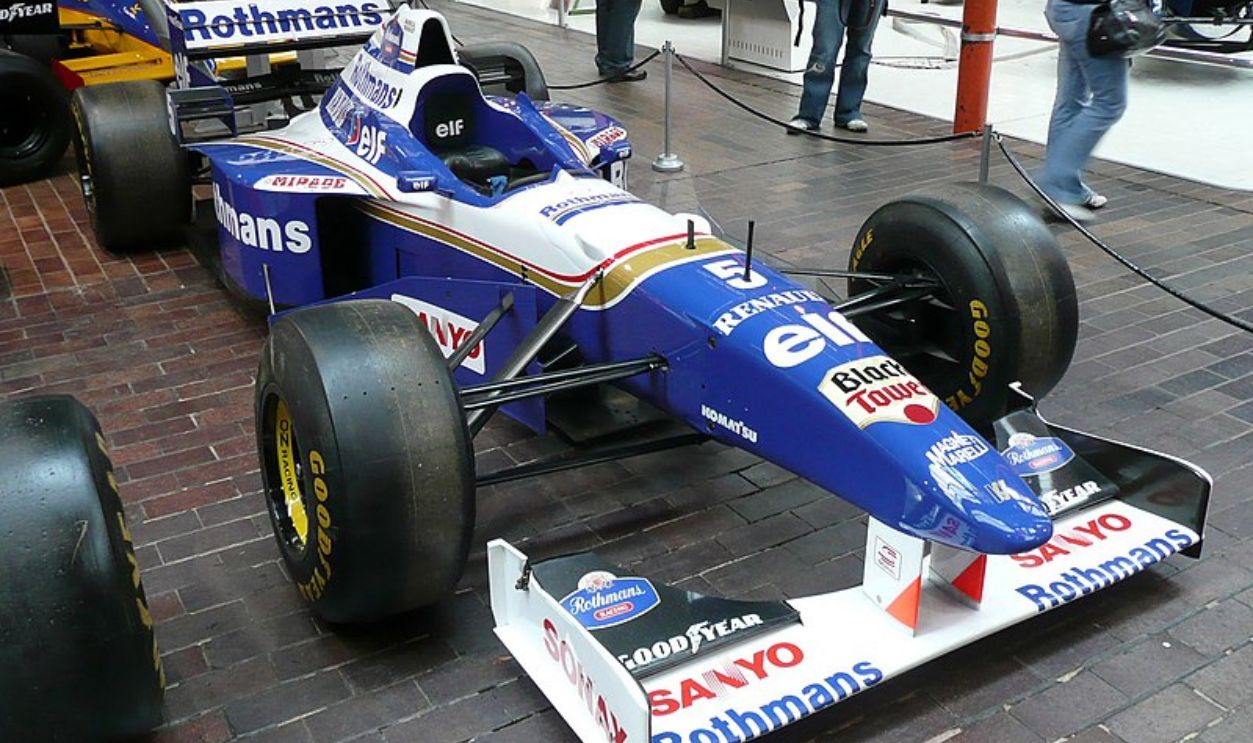 Przemysław Jahr, Wikimedia Commons
Przemysław Jahr, Wikimedia Commons
McLaren Transition
Adrian Newey's tenure at McLaren began in 1997, but his impact was not felt until the following year with the introduction of the MP4/13. This car was a turning point for McLaren in the 1998 Formula One season. They displayed Newey's design prowess and engineering.
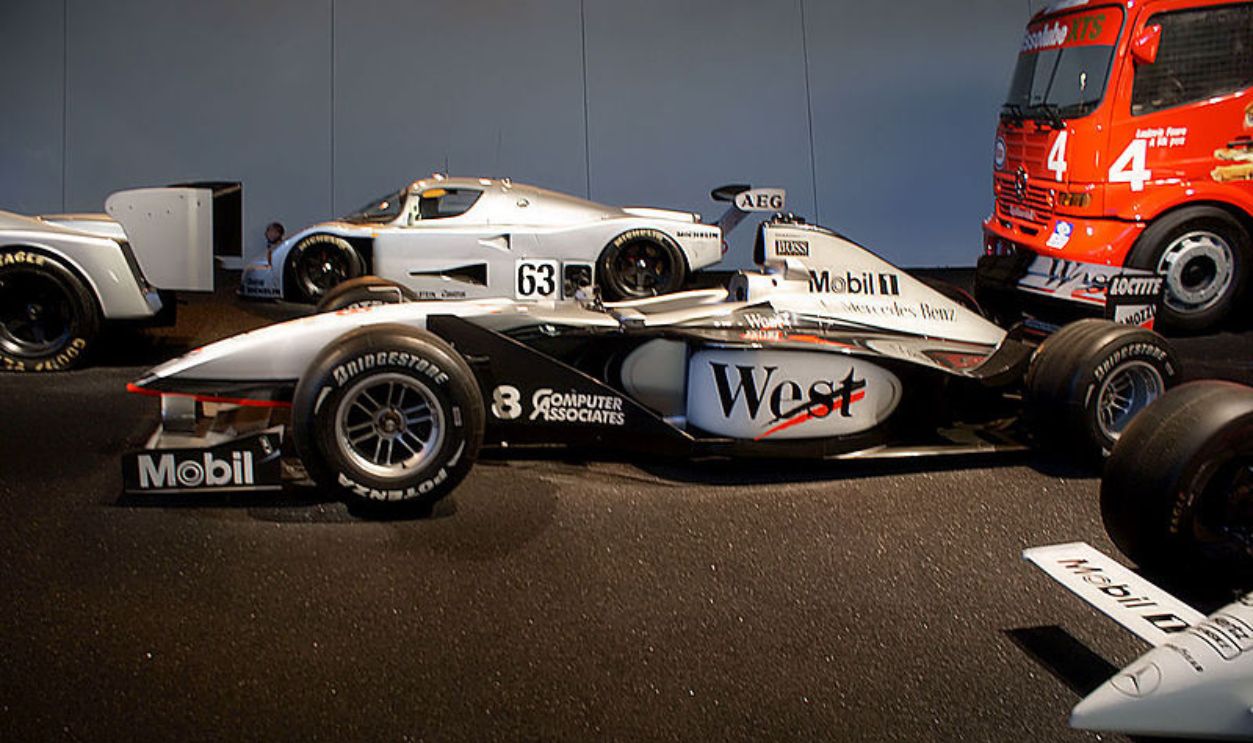 Valder137, CC BY 2.0, Wikimedia Commons
Valder137, CC BY 2.0, Wikimedia Commons
McLaren Glory Years
The McLaren MP4/13 and MP4/14 were critical in securing back-to-back Drivers' Championships for Mika Häkkinen. The MP4/13 was powered by a Mercedes-Benz FO-110G V10 engine, which produced around 760 bhp, while the MP4/14 had the Ilmor-built Mercedes-Benz FO110H engine.
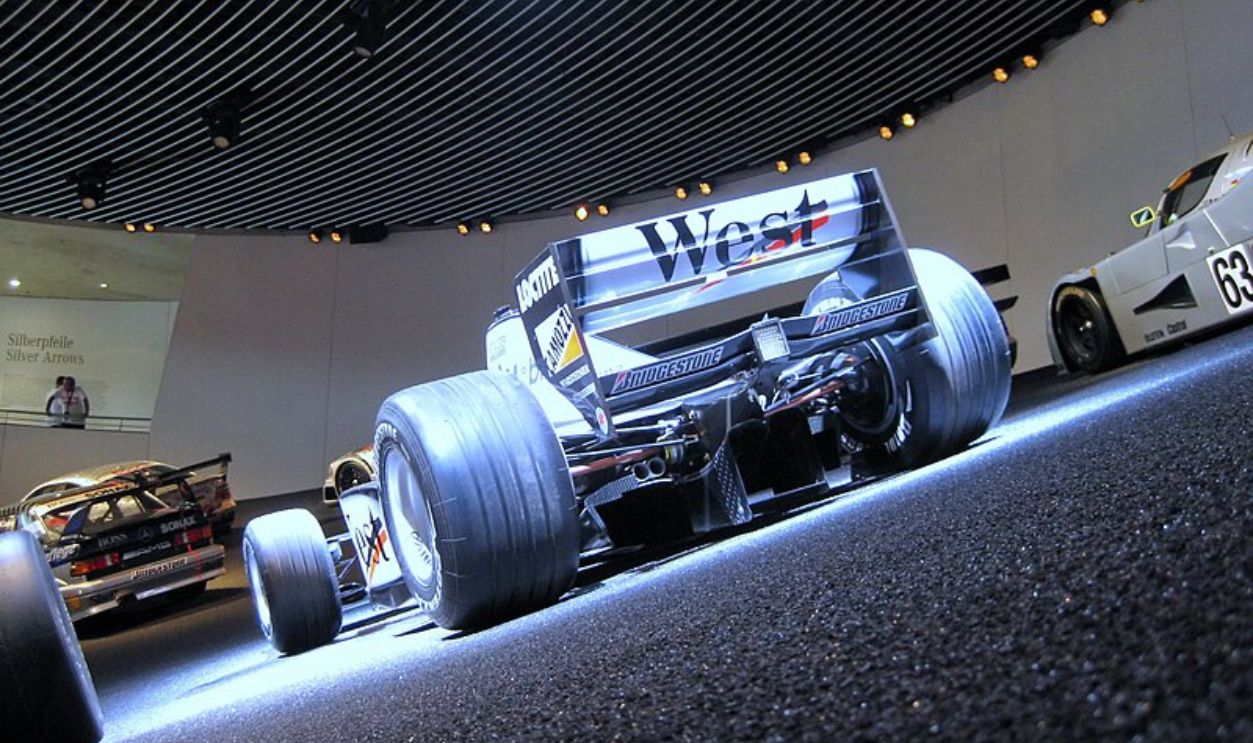 RWD Cars, CC BY 2.0, Wikimedia Commons
RWD Cars, CC BY 2.0, Wikimedia Commons
Jaguar Negotiations
Newey initially considered joining Jaguar F1, signing a letter of intent, but ultimately chose to remain at McLaren due to concerns about career risks and Ron Dennis's persuasion. Then came Rahal's dismissal from Jaguar, which was linked to broader team issues, not solely Newey's negotiations.
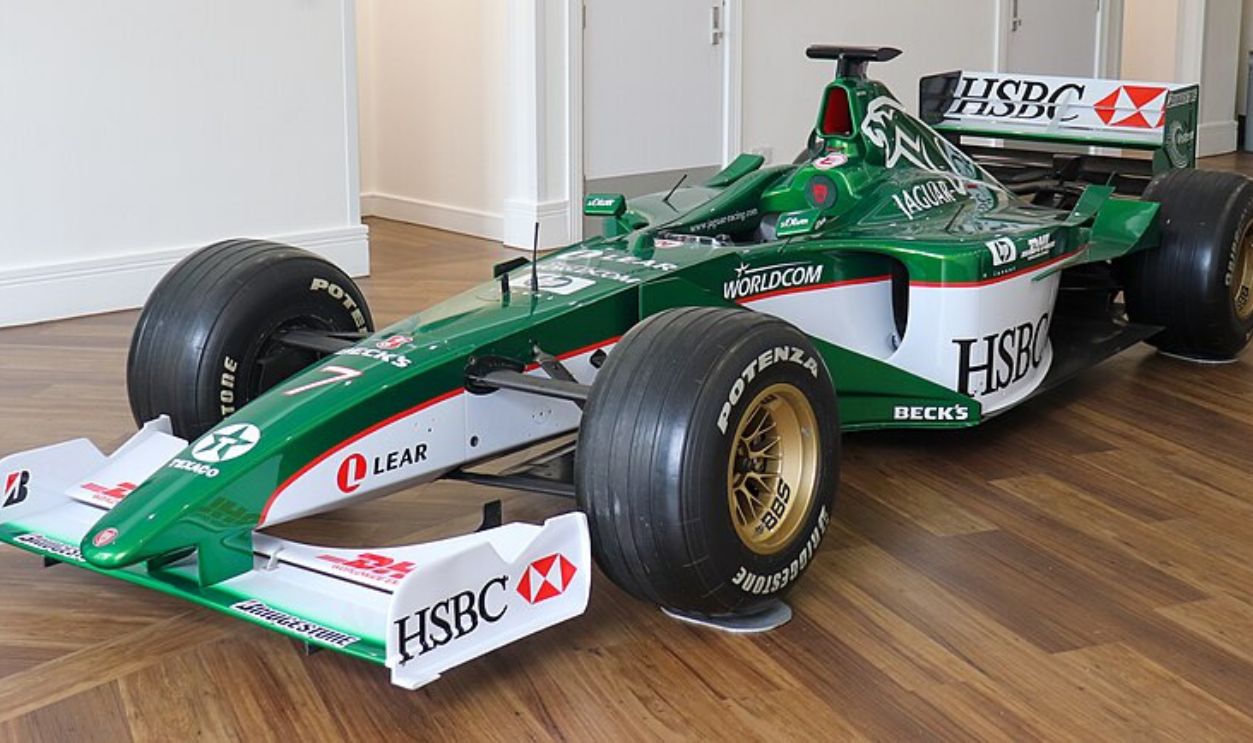 Vauxford, CC BY-SA 4.0, Wikimedia Commons
Vauxford, CC BY-SA 4.0, Wikimedia Commons
McLaren Challenges
From 2002 to 2005, the designer’s McLaren designs were up against Ferrari’s strong grip on the sport. Even though they managed to achieve some wins, including ten with the 2005 MP4/20, they just couldn’t clinch the championships against Michael Schumacher’s Ferrari.
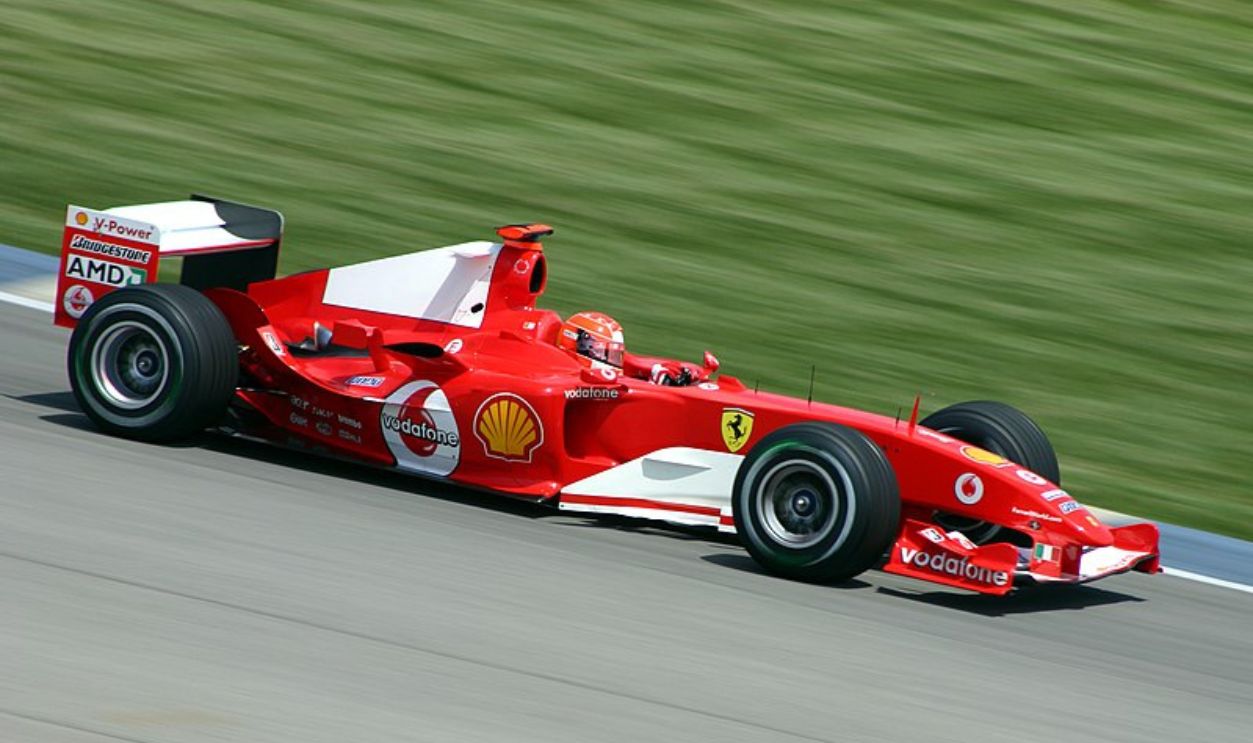 Rick Dikeman, CC BY-SA 3.0, Wikimedia Commons
Rick Dikeman, CC BY-SA 3.0, Wikimedia Commons
Red Bull Attraction
Red Bull Racing shook up the Formula One world with a bold move. In late 2005, they lured Newey with a salary of around $10 million a year. McLaren was obviously stunned by this because they thought he might take a break or even hang up his helmet for good in Formula One.
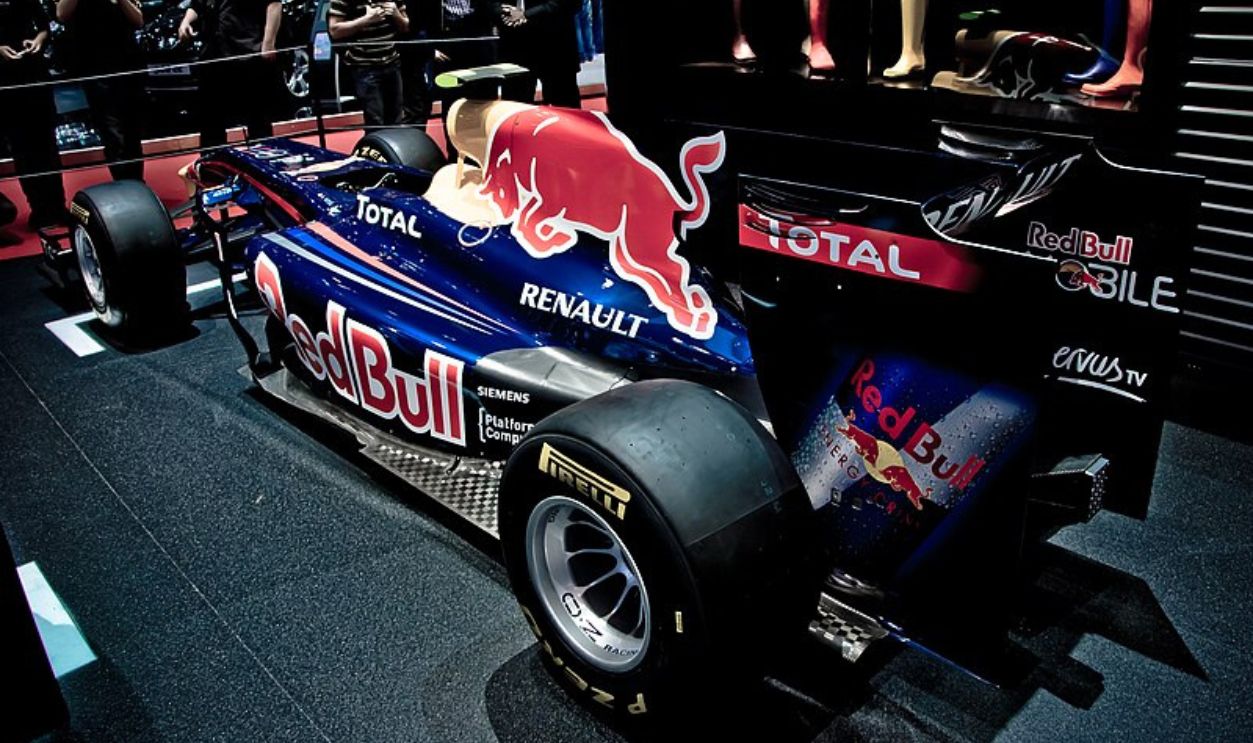 Cedric Ramirez, CC BY-SA 2.0, Wikimedia Commons
Cedric Ramirez, CC BY-SA 2.0, Wikimedia Commons
Building Red Bull
During his early days at Red Bull, Newey was all about ramping up the team's tech skills. The 2009 RB5 showed how far they’d come, as it scored six wins and also won second place in the constructors' championship, just behind Brawn GP.
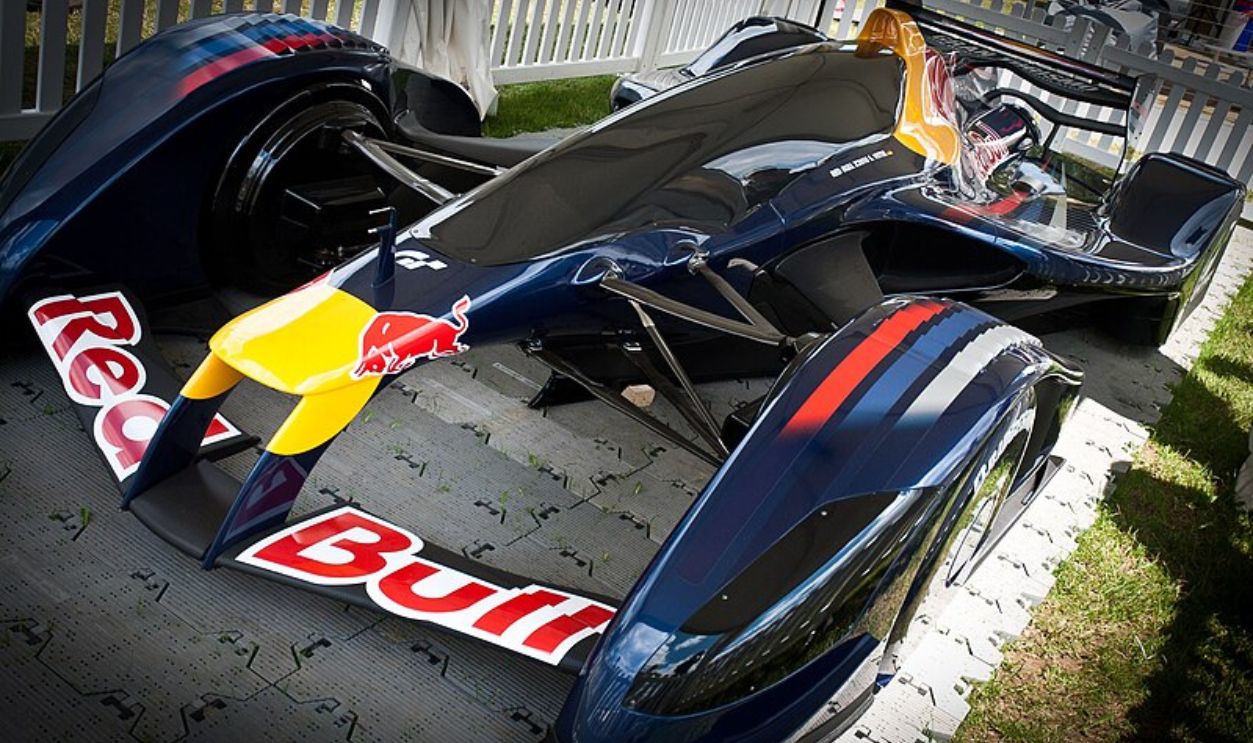 Jake Archibald, CC BY 2.0, Wikimedia Commons
Jake Archibald, CC BY 2.0, Wikimedia Commons
Championship Dynasty
From 2010 to 2013, Newey's cars for Red Bull were unstoppable in Formula One. The RB6 to RB9 models won four straight constructors' and drivers' championships with Sebastian Vettel behind the wheel. Newey was then seen as the only designer to win titles with three different teams.
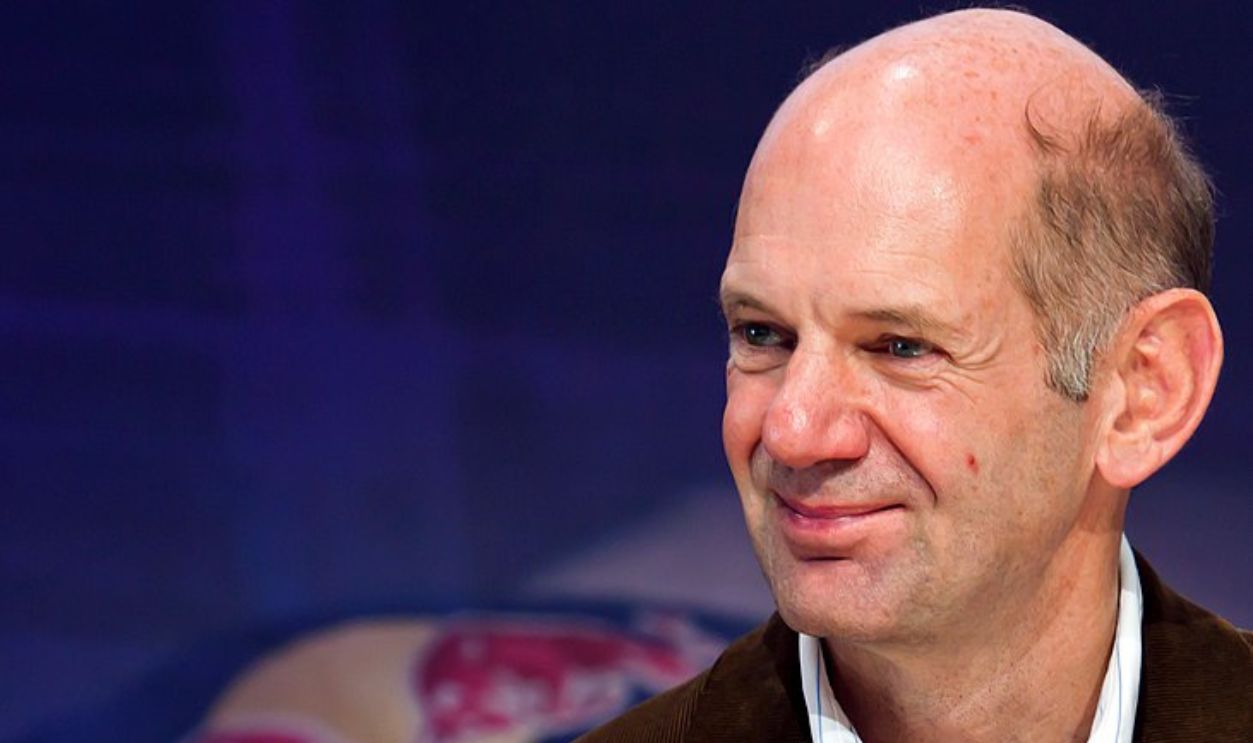 Morio, CC BY-SA 3.0, Wikimedia Commons
Morio, CC BY-SA 3.0, Wikimedia Commons
Hybrid Era Innovation
After switching to V6 turbo hybrid engines in 2014, Red Bull Racing encountered challenges with Renault's power units, especially from 2015 onward. In 2019, they switched to Honda engines, starting a long-term development journey leading to better performance and championship contention.
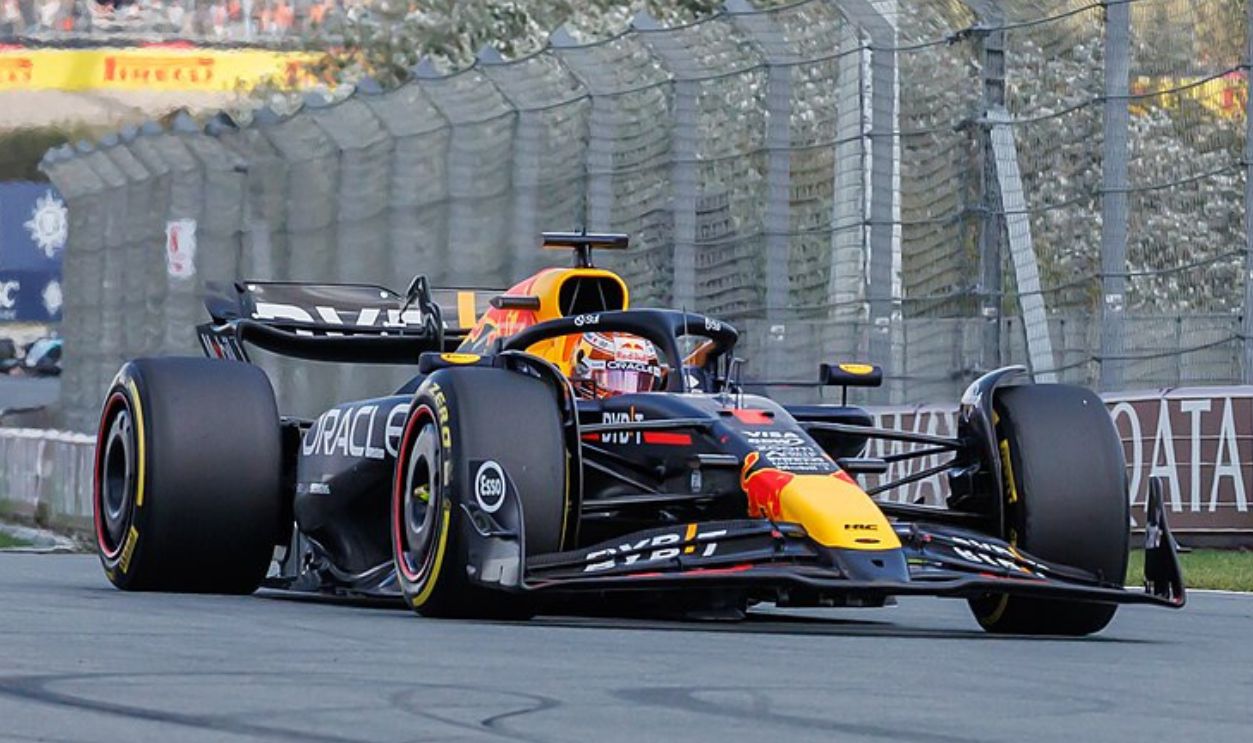 Steffen Prößdorf, CC BY-SA 4.0, Wikimedia Commons
Steffen Prößdorf, CC BY-SA 4.0, Wikimedia Commons
Record-Breaking Success
In 2023, Newey's RB19 design took over the scene as it won 21 out of 22 races (95.45%). At the Canadian Grand Prix, Max Verstappen bagged a win that also celebrated Newey's 200th victory in Formula One. Just look at how significant his impact was.
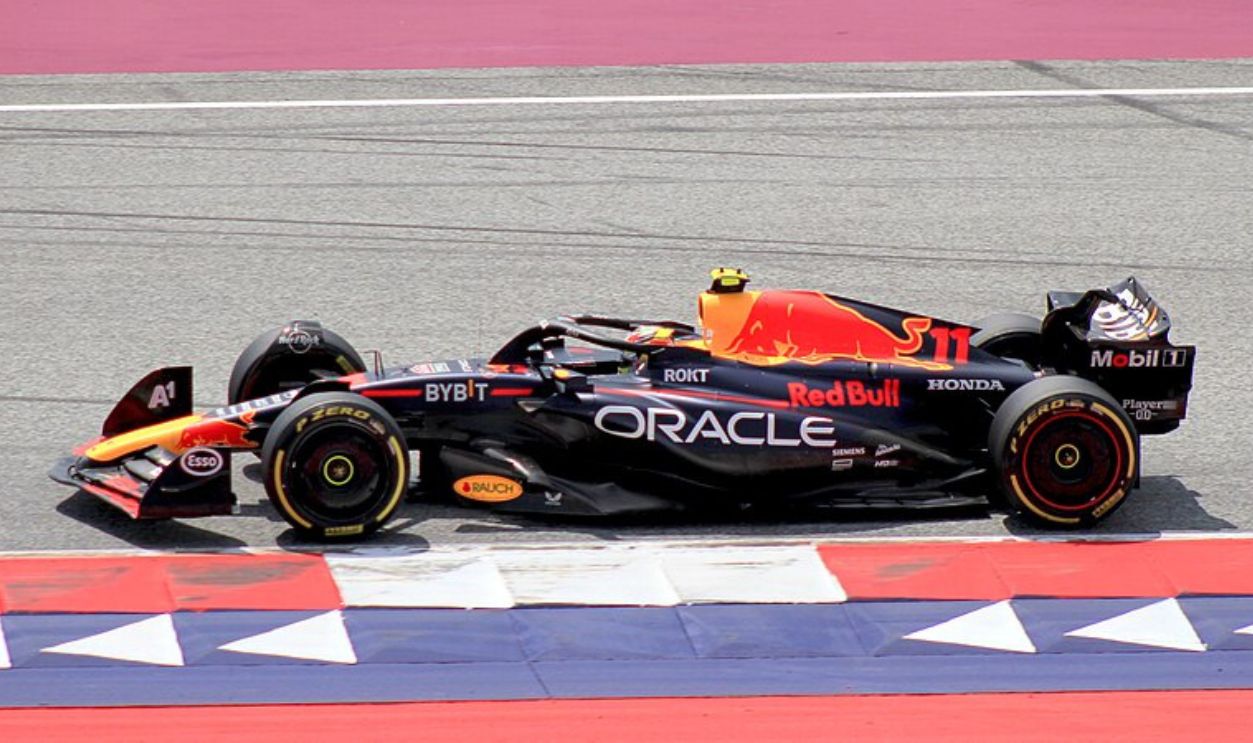 Lukas Raich, CC BY-SA 4.0, Wikimedia Commons
Lukas Raich, CC BY-SA 4.0, Wikimedia Commons
Red Bull Departure
Recently, on May 1, 2024, Red Bull shared that Newey would be stepping back from his everyday Formula One tasks. After 19 amazing years, he’s now focusing on the RB17 hypercar project and plans to leave the company completely by early 2025.
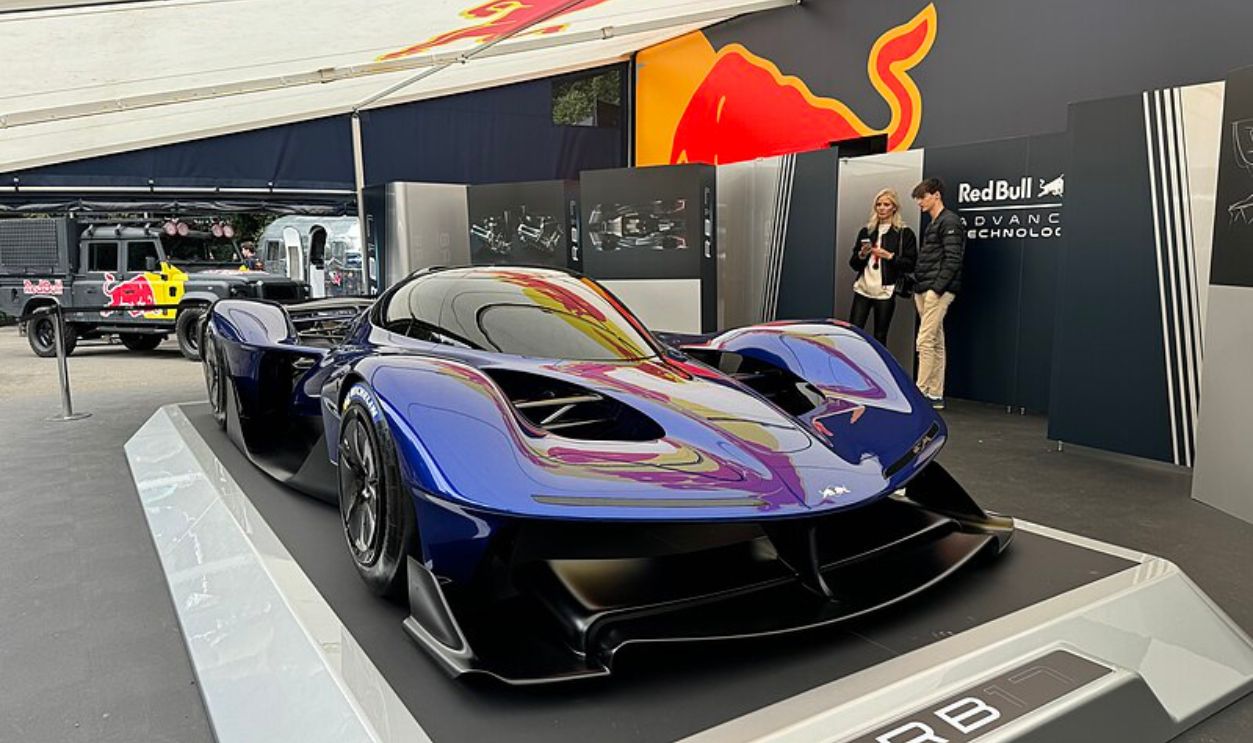 Kicar2, CC BY-SA 4.0, Wikimedia Commons
Kicar2, CC BY-SA 4.0, Wikimedia Commons
Aston Martin Future
Newey is making a big career leap by signing on with Aston Martin Racing as their Managing Technical Partner and shareholder. He’ll be starting on March 1, 2025, and his main focus will be helping to develop their car for the 2026 regulations. Quite exciting, isn’t it?
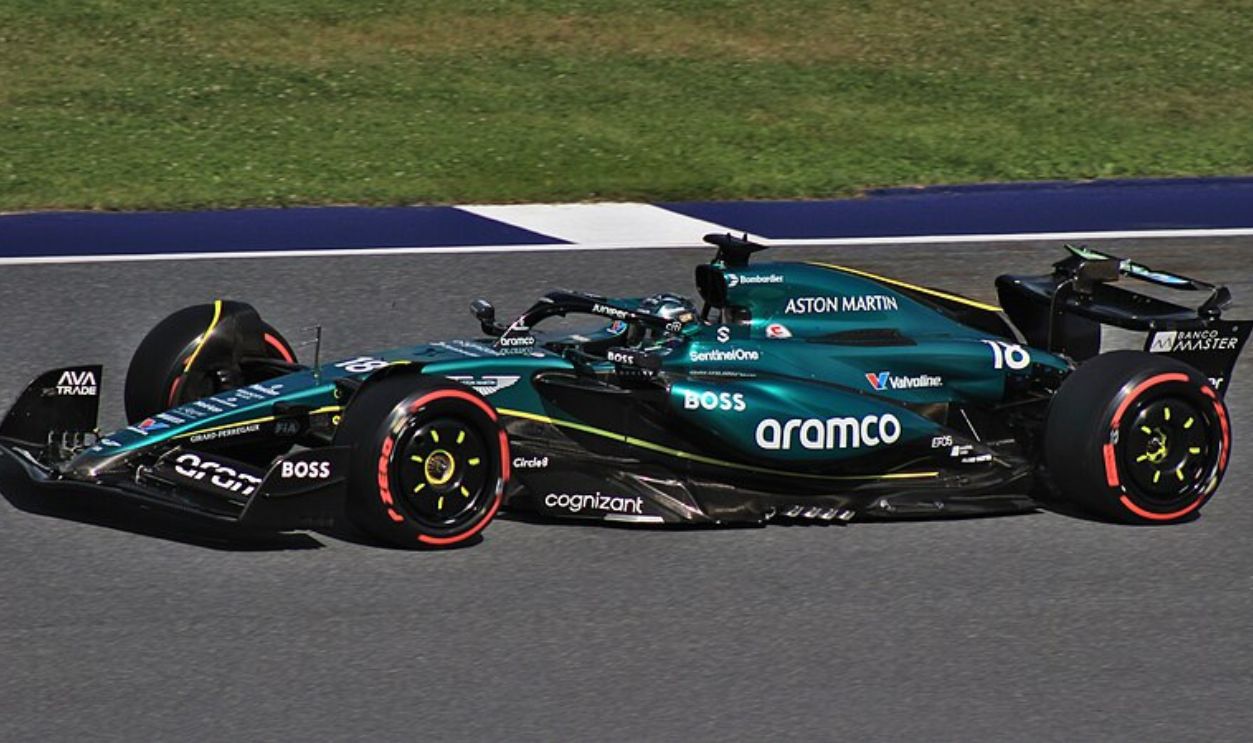 Lukas Raich, CC BY-SA 4.0, Wikimedia Commons
Lukas Raich, CC BY-SA 4.0, Wikimedia Commons
Racing Beyond Design
Besides designing Formula One cars, Adrian Newey pursued his passion for racing. He competed in Le Mans Legends and survived a dramatic GT40 crash in 2006. Then, in 2007, he raced professionally at the 24 Hours of Le Mans, finishing 22nd in an AF Corse Ferrari F430.
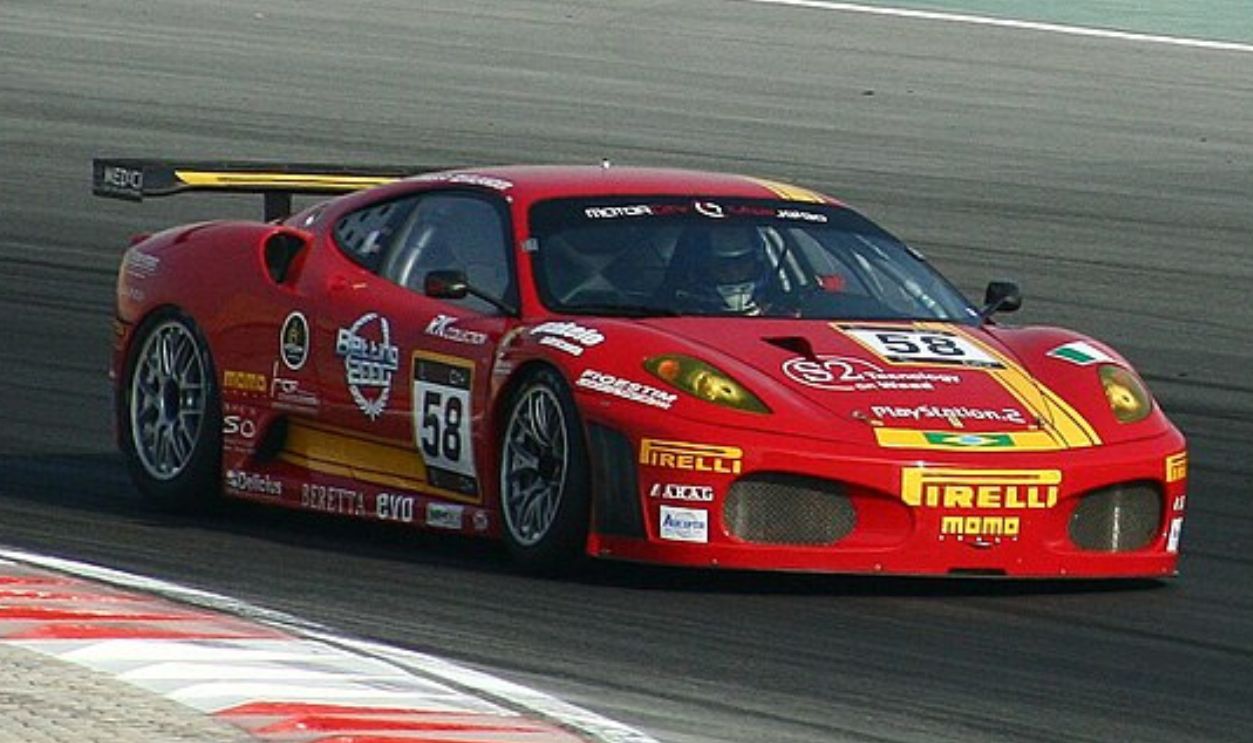 nishad kaippally, CC BY-SA 2.0, Wikimedia Commons
nishad kaippally, CC BY-SA 2.0, Wikimedia Commons

